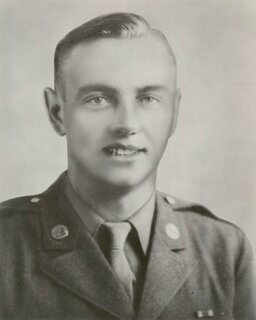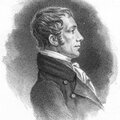The story behind a Grand Island farm boy’s heroic sacrifice to save his comrades.
From Grand Island to Gliders: Charles N. DeGlopper
The full content is available in the Spring 2024 Issue, or online with the purchase of:
If you have already purchased the product above, you can Sign In to access it.
Related Content










